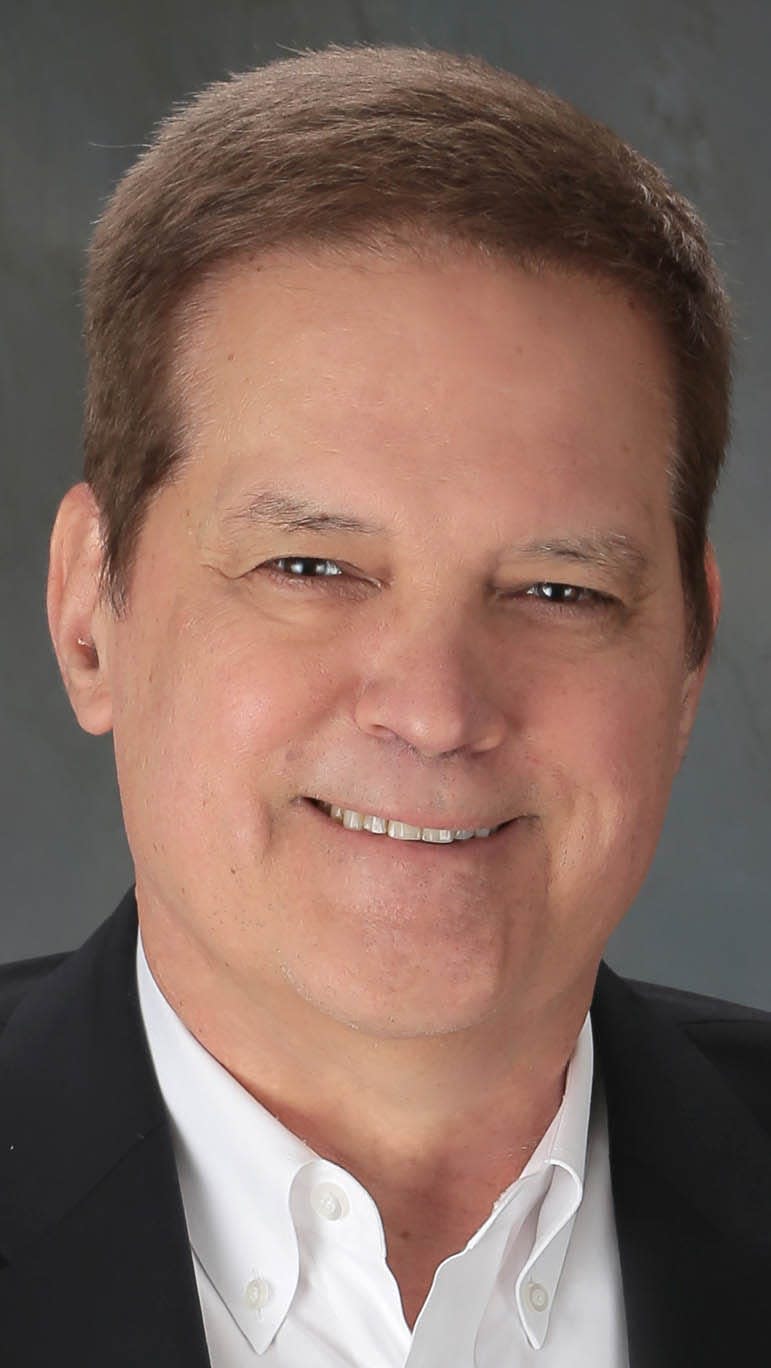Mascots dominate insurance company ads: Perry Haan

One of the trends in insurance company advertising has been the increased use of mascots in advertising.
This trend started in 1999 when GEICO insurance decided to break away from traditionally boring insurance ads and introduced the Gecko.
The Gecko was the first and still resonates with consumers as it was chosen the most popular insurance ad mascot in a recent survey. The tagline that GEICO introduced at the same time, “GEICO — 15 minutes could save you 15% or more on car insurance,” and still uses today, is credited with lifting the company from No. 7 in auto insurance sales to No. 2.
Flo from Progressive is towards the top of the list. She and the AFLAC Duck have both been featured in their companies’ ads for more than 20 years.
While showing up on the most popular list, the AFLAC Duck is also high on the most annoying list. It is a good example of what is known in the advertising industry as “wear out.” This is when viewers of the ads get tired of seeing the same ad or, in this case, mascot in the ads.
Advertising executives are constantly trying to evaluate when a character or ad campaign wears out and needs to be replaced. The problem is that retiring a current advertising character or campaign means they have to start all over with a new approach, which may or may not be as popular as what they are replacing.
Jake from State Farm and Farmers Insurance’s Professor Burke are also on the most likeable list. So is the Mayhem character from Allstate. Those Mayhem ads always seemed a little creepy and probably why the Mayhem character is also on the most annoying list.
The latest turn in the insurance mascot world is an anti-mascot insurance company. NJM, which No Jingles or Mascots, says it provides “Just Great Insurance.”
Insurance is an unusual product in that it is one of the few purchases consumers made hoping it will never have to be used. It is a product almost everyone has to have and, due to government regulation, there is very little difference between the actual policies.
Some in the advertising industry refer to insurance as a “burden” product. It is a burden to sell.
This “burden” leads to companies attempting to differentiate themselves by using mascots in their ads. Businesses that are difficult to tell apart use clever ads or pricing (think supermarkets) to distinguish themselves.
Several insurance agents in Watertown declined opportunities to comment on how mascots affect their business.
Advertisers of all products have a difficult job of balancing the trying to attract prospective customers’ attention and convincing them to buy. Apparently, these mascots have been able to do both as the amount of money spent by the insurance companies that use mascots has increased by seven times since the first mascots were introduced.
These insurance companies find themselves in a bit of a dilemma when it comes to ad spending. Industry analysts claim that the companies all continue to increase their ad expenditures for fear that if they slow down, their competitors will steal away their market share.
The least popular insurance ad mascot? Jamie from Progressive. Flo’s sidekick is seen as being irritating, which appears to be the intent from the advertisements themselves.
Perry Haan is a Watertown native. He is Professor of Marketing & Entrepreneurship at Tiffin University in Ohio. He can be reached at haanpc@tiffin.edu.
This article originally appeared on Watertown Public Opinion: Insurance companies rely on mascots in advertising to draw customers

